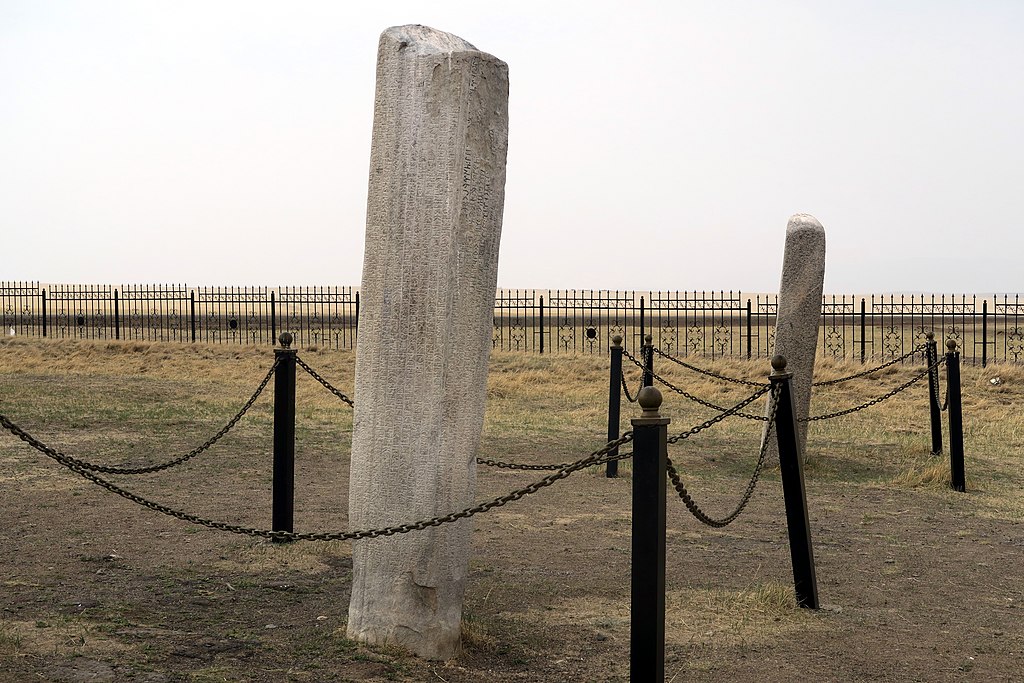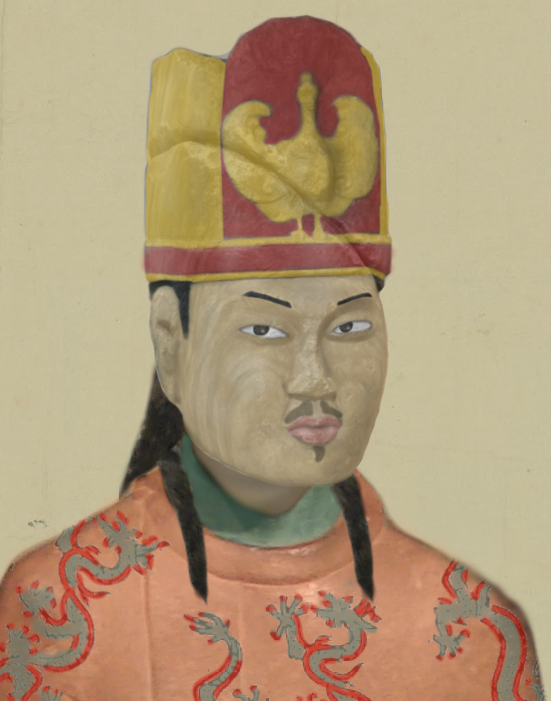(عربي) Orkhon inscriptions are one of the oldest written texts in Turkic languages. The old Turkic script known as Orkhon script – which is a descendant of the Aramaic script – is attributed to it and named after it. The inscriptions are named after the place in which their memorial installations were found which is Orkhon valley in current Mongolia, and it’s written in the old Turkic language that was spoken by the Göktürks. The Inscriptions are translated by Danish Denison Ross and Vilhelm Thomsen.

Inscriptions language doesn’t belong to any common Turkic languages branches such as the Kapchak (like Kazakh), Oghuz (like Azeri and Turkish), Karluk (like Oyghur and Uzbek), but it belongs to the Siberian branch, which indicates that the script authors and the people of the second Turkish Khaganate – one of the important Turkish states by that time – are closer to today’s Yakuts or Shur people, that are both low in their speakers’ population today. However, not only the population distribution of the Turkic peoples is differing from today’s distribution, but also the locations where the Turkic peoples exist, as well as their concept of the identity which seems to be totally different than today’s concept as we’ll notice in the following articles.
The events described in the inscriptions happened in the period of the second Turkic khaganate – which succeeds the first khaganate’s that had spread over a larger area – between the seventh and the eighth centuries CE. While trying to understand the area of the events, we can notice that battles, agreements, mentions to peoples, and other events are spread across an area that extends from the Qara Qoram desert in the south to northern Mongolia, and from the north of Kazakhstan to Xinjiang (in today’s China) and eastern Mongolia. While the main players are represented by peoples, states, and confederations of Turks, Oghuz, Kyrgyz, China, Khetan, Az, and others.
The language of the inscriptions is very interesting, it describes naïve concepts, a basic life, and reflects the way of these peoples’ thinking at that time while they wrote their first letters. While reading about them, we’ll find that even the concept of the identity and nationality was different from todays.
I’ll divide the articles that I wrote about Orkhon inscriptions to: a definition of the Turkic identity according to the inscriptions, the local map of the Turkic peoples in the eighth century, and the values and beliefs of the Kaghan to compare that with other states and texts from the same era in the future.
This review includes the following articles:
